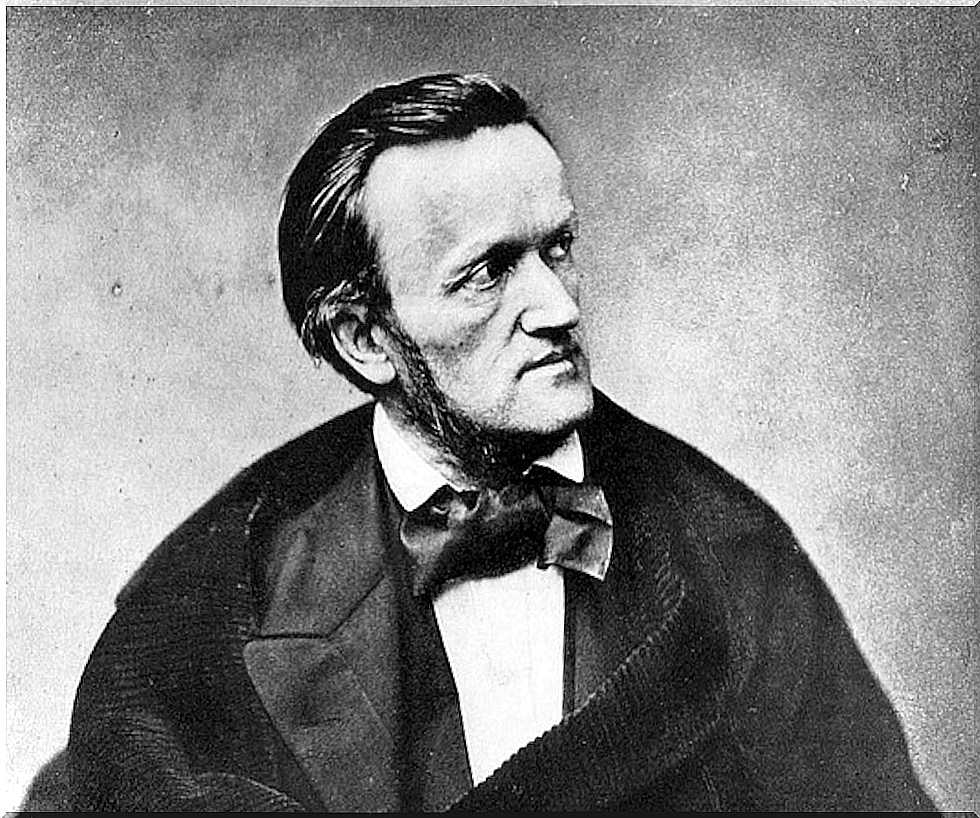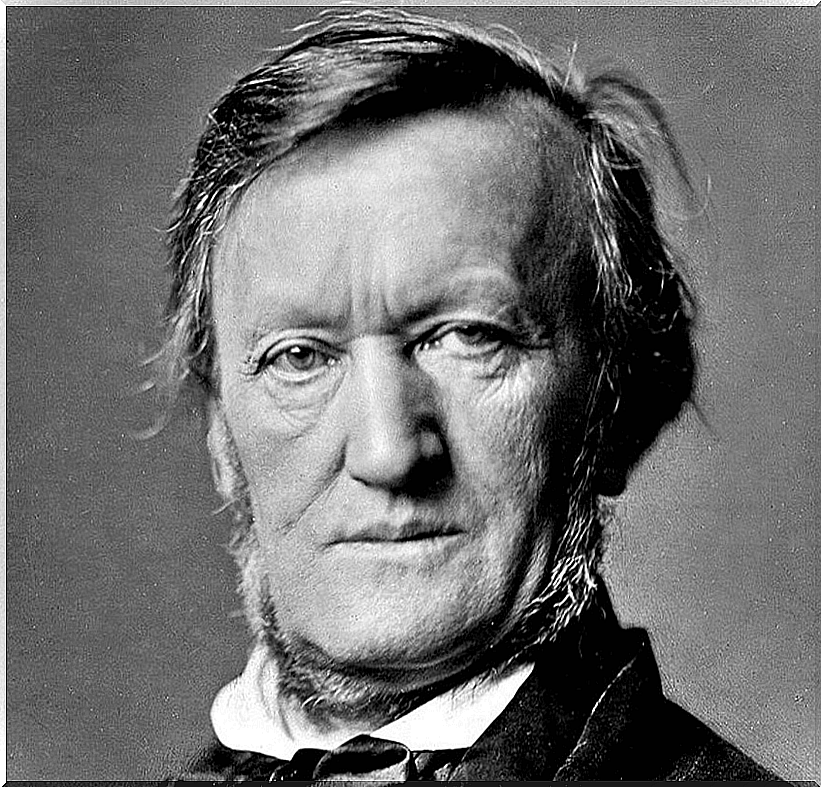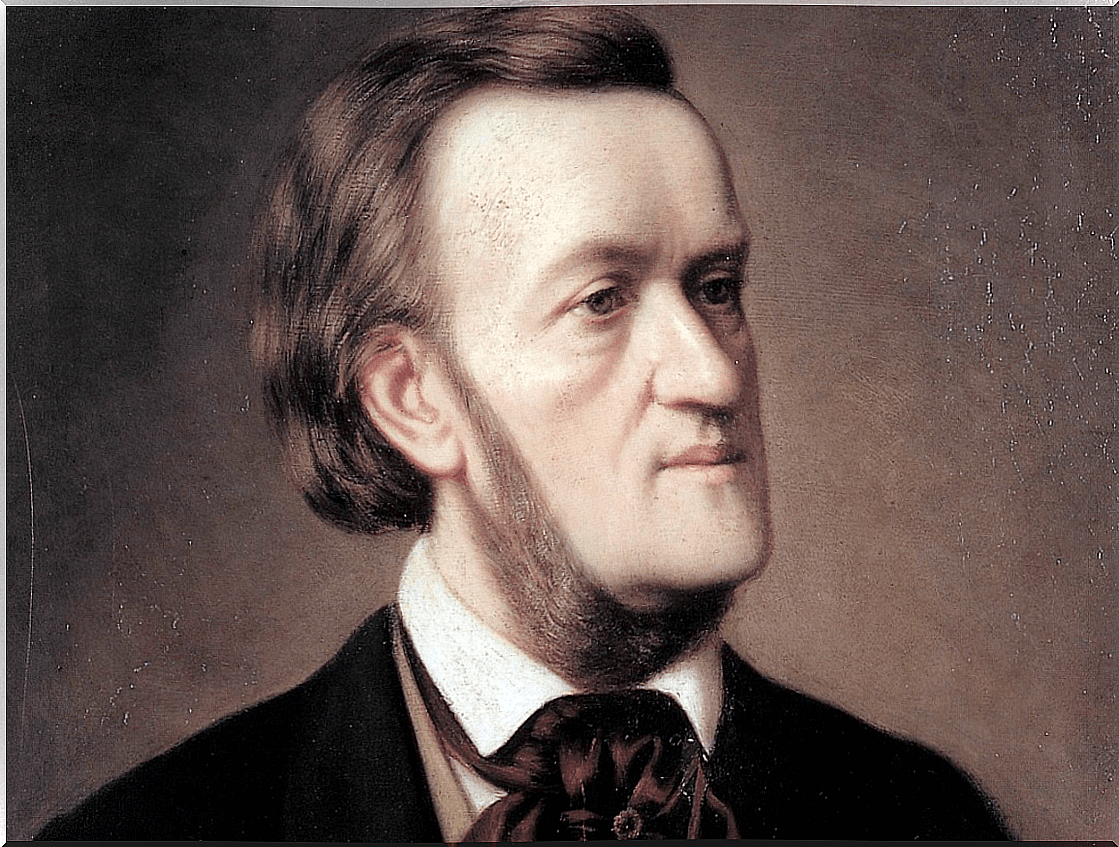Wagner: Biography Of A Tormented Musician

Wagner is one of those composers who marked an era, influencing many of the great musical currents. The influence of the famous Wilhelm Richard Wagner and his composition can be seen both in the melody and harmony, as well as in the orchestration.
His ideas, proposals and way of life had both admirers and detractors. He was, in any case, a controversial man. Musically, Wagner’s operas were characterized by the pronounced dilution of tonalities, blurring the line between singing and reciting.
Wagner’s music transports his audience to universes full of heroism and voluptuousness. The strength of its composition conquers the listener, inviting him to immerse himself in the story that unfolds on stage.
Early years
Richard Wagner was born on May 22, 1813, in the city of Leipzig, Germany. He was born in a humble home: his mother, Rosima Patz, was the daughter of a baker; his father was a police clerk, Karl Friedrich Wagner. A few months after little Richard’s life, his father died of a typhus epidemic.
Soon after, her mother married Ludwig Geyer, who would become her stepfather. Geyer was an actor, singer and painter, therefore, it is often pointed out as an influence on the artistic inclinations of the young Wagner. As a result of Geyer’s work in a theater company, the family moved to Dresden, the headquarters of that company. in Dresden.

Wagner entered the school of the Vizehofkantor Carl Friedrich Schmidt in Dresden in 1817. In 1822, he enrolled in the Kreuzschule (school of the cross) in Dresden. Richard studied there until he was 14 years old and, in that house of studies, he received some piano lessons.
Richard Wagner carried the name Richard Geyer until he was nearly fifteen. He changed his surname when formalizing his admission to the Nicolaischule (Nicolaitane school) in Leipzig, on January 21, 1828.
The desolation of his youth
The quantity and variety of his early compositions prove that Richard began as a composer with works of a wide generic diversity. Among them, there was a certain predominance of instrumental pieces that followed classic prototypes.
In 1833, when the artist was only twenty years old, he began his professional career, accepting the position of director of the Würzburg choir. His works, in this initial stage, were all low-budget and aimed at a provincial audience. As a conductor, he finished his first opera: Las Hadas . However, it would not be released until five years after his death.
Three years later, Wagner was unhappily married to Minna Planer and, by then, he would have already composed several operas. In this period, Wagner began to develop his ideas of a revolutionary nature. There are those who point out that Wagner’s ideas somehow influenced the ideas of Hitler’s Nazism. In fact, his compositions are still currently banned in Israel.
This stage was quite dark for Wagner, the marriage with Minna Planer was not helping much and he was going through a series of financial problems. In addition, he had addiction problems with gambling and alcohol, thus, his economic recovery became even more difficult.
In 1839, the great wealth of debts accumulated by Richard Wagner forced him to flee the country, moving to Paris. The composer would not set foot in Germany again until 1842. But his stay in Paris was a failure and he did not manage to premiere any of his works there. He worked assiduously as an arranger for other composers, but without much glory.
Wagner as a writer
Wagner was not only an outstanding composer, but he dared to experiment with other art forms such as writing. Between the years 1840 and 1842, some of Wagner’s most important essays were published.
These essays dealt with historical and theoretical questions that had been of great interest to the artist throughout his life. Wagner was also a very prolific journalist, published numerous reviews of Parisian musical events in the German press. Wagner also wrote some documentary pieces.
It should be noted that there is ambiguity in some of his biographical data. This is mainly due to the numerous inconsistencies incorporated by Wagner himself in his autobiography Mein Leben ( my life ).
This autobiography ranges from the year of his birth to the age of 51. The text is extremely subjective and his ego is evident, in this way, it is difficult to know exactly what is real in Wagner’s life. This autobiography was written in 1865 at the request of his benefactor King Louis II of Bavaria.
Return to the homeland
Starting with the Meyerbeer opera , Wagner became Germany’s most recognized composer. Fortunately, a few days after the premiere, the death of the royal Kapellmeister (Director of the royal chamber) Francesco Morlacchi happened. On February 2, 1843, Wagner held the life office of royal Kapellmeister. This position gave him political prominence, which made him an expert in weaving creativity and management.
Wagner’s artistic interests quickly merged with his political activity. The composer conceived the theater as the mirror of a reactionary society. Thus, by undertaking the transformation of the first, the second would change. Hence, Wagner was implicated in subversive politics.
Warner was akin to German nationalism. This thought can be clearly reflected both in his mythological characters and in the arguments of his works. An idea that is reiterated in his work is that of the German colonies.
Political changes and the patronage of King Louis II of Bavaria
In 1849, the delicate political situation led to a revolution in Dresden. This spelled the end of Wagner’s career as a royal Kapellmeister. The issuance of an arrest warrant for Wagner led to his flight to Switzerland, where he remained in exile for eleven years.
During this period, Wagner found himself in a very precarious situation. He was excluded from the German musical world and his income was as meager as his hopes of being able to perform his works.
In 1864, Wagner was in Mariafeld, near Zurich, in distress for his many creditors. King Louis II, his avowed admirer, offered Wagner his hospitality and financial assistance. In this way, “the teacher” composed for his benefactor The Homage March .
In 1865, his famous work Tristan and Isolde was premiered in the city of Munich. A year later, his wife Minna died in Dresden and the composer settled in Geneva. Under the patronage of the King, Wagner worked on his operas without worrying about his expenses.

Bayreuth
Years later, Wagner conceived the plan to found the Wagner Society, a theater that would lead to the famous festival of the same name that continues to this day. The foundation stone of the Bayreuth Theater was laid on his 59th birthday. To carry out his task, he held a series of concerts around Germany in order to raise funds. The work was completed in 1874 thanks to the help of Luis II.
The composer builds his Wahnfried villa also in Bayreuth. However, just two years after the works were finished, the theater numbers showed heavy losses. Wagner gave a series of concerts to raise funds to mitigate losses. Although it would not last too long, shortly after, he became ill with heart.
Death and legacy
Between the years 1881 and 1882, Wagner suffered several heart attacks. On February 13, 1883, the famous composer died in Venice. His body was buried in the garden of his Wahnfried villa.
The Tetralogy (The Ring of the Nibelung) is undoubtedly his most important work. It is made up of four operas: The Valkyrie, The Gold of the Rhine, The Twilight of the Gods and Siegfried . The Tetralogy, Parsifal, Tristan and Isolde, The Master Singers of Nuremberg, Lohengrin, Tannhäuser and The Flying Dutchman make up the so-called Canon of Bayreuth.
The full cycle was not presented until 1876, and from then on, the canon would be performed at the annual festival still held in Bayreuth, Germany.
Wagner’s ideas had as many supporters as detractors. The legacy of the Bayreuth Theater, of complexity never seen before, was made possible by its fervent admirer King Louis II of Bavaria. This theater is intended exclusively for the representation of his work, thus demonstrating that Wagner’s genius is still very much alive despite the passage of time.









